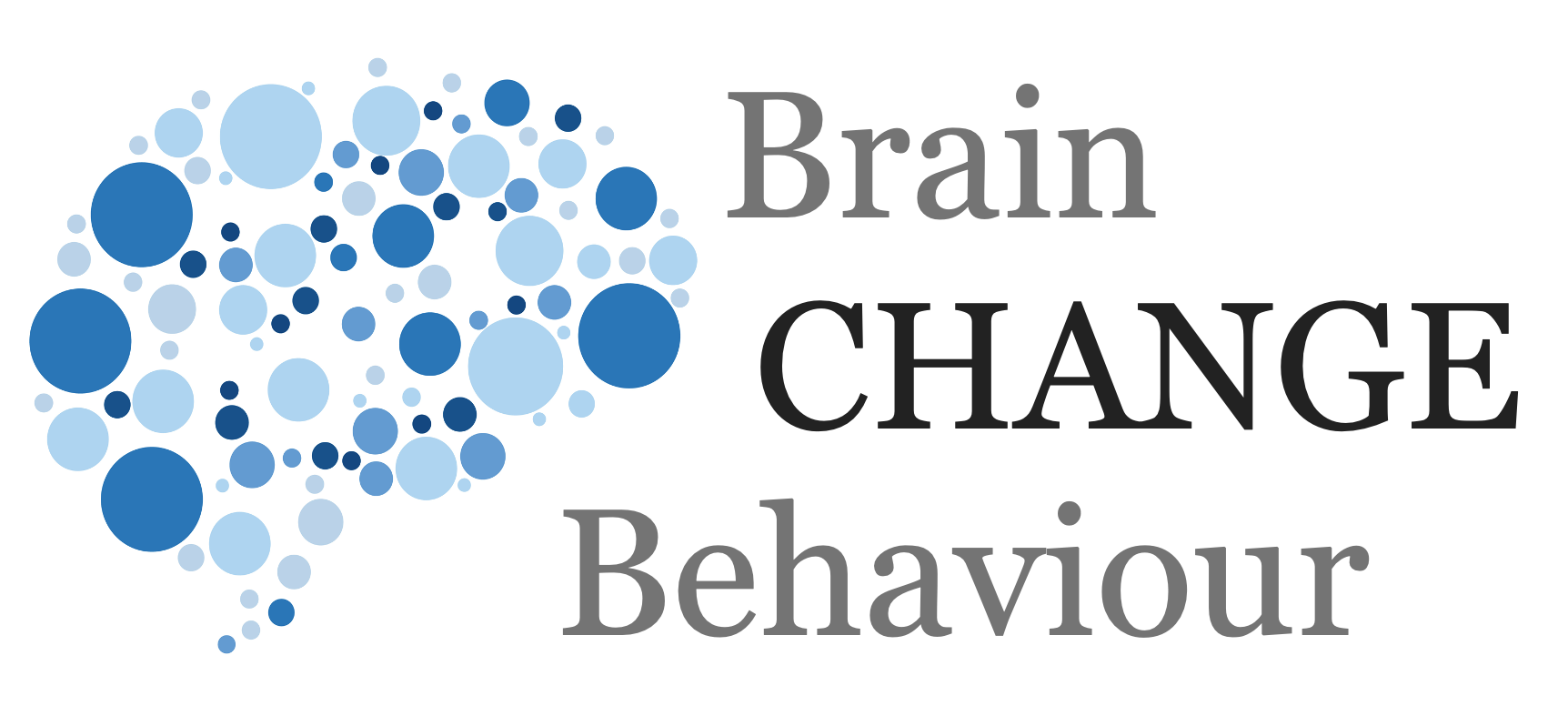Change Who?
Change is a funny thing but one obvious aspect is who should be changing.

Individual
Some change involves only influencing one person. But that in itself can be challenging. It could be a difficult person. A high performer with a negative side. An old loyal employee who refuses to take on new stuff. Or a person who constantly puts the brakes on.
However, it is also easy to make a clearly individualised approach.

Small Group
Changing small groups is a common theme and normally revolves around business teams. Team dynamics can vary widely but can also be influenced pretty quickly.
Personalisation is key as is personality mapping – there are often surprises in this with some people being key to team performance but otherwise underestimated.

Large Group
The larger the group, the more challenges there may be and the more thought has to be given. There is also more room for unintended consquences and negative spillover.
Large groups require more thought and planning to guide behavioural change.

Population
Population-wide behavioural change initiatives face many challenges. Unintended consequences, negative spillovers, counter movement’s, organised opposition, loss of momentum, change fatigue. But also scaling problems, lack of resources, and changing dynmics within the population.
Therfore great care and thought needs to be given and/or a broad multi-pronged approach taken on.
